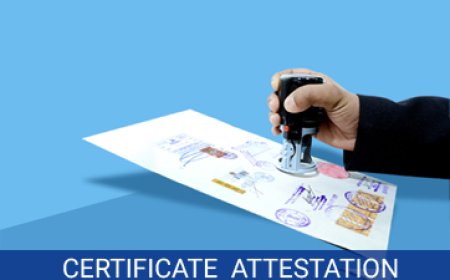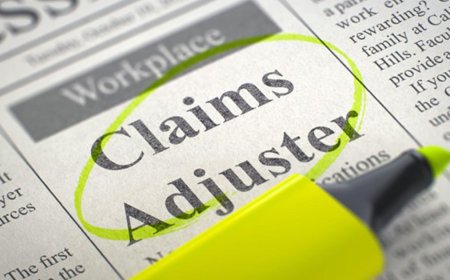How Your Bike Type Impacts Motorcycle Insurance Prices
Motorcycle insurance prices arent random. In fact, one of the biggest factors affecting how much you pay is thetype of bike you ride. While many riders assume its all about their driving history or age, the truth is that your motorcycles style, purpose, and engine size can make a big difference in how much your policy costs. Understanding this can save you money and help you make smarter decisions before you even hit the road.
Why Bike Type Matters to Insurers
Insurance companies are all about assessing risk. When they look at your motorcycle, theyre not just checking the brand or colortheyre asking questions like: Is this bike built for speed? Is it more likely to be stolen? Is it expensive to repair? Your bike type gives insurers a snapshot of the potential risk you bring. The higher the risk, the higher your motorcycle insurance prices will be.
Sport Bikes: Fast and Costly
Sport bikes are sleek, lightweight, and built for speed. Think Yamaha R1, Kawasaki Ninja, or Suzuki GSX-R. These bikes are designed for performance and racing, and thats exactly why insurers get nervous. Statistically, sport bikes are more likely to be involved in high-speed crashes. Theyre also a favorite target for thieves because of their resale value. As a result, if you own a sport bike, expect your motorcycle insurance prices to be on the high end. Even if youre a responsible rider, the risk profile of these bikes affects your premiums heavily.
Cruisers: Stylish but Safer
Cruisers like the Harley-Davidson Softail or the Honda Shadow are built for comfort, not speed. These bikes are popular for casual riders and tend to have lower accident rates compared to sport bikes. Insurance companies see cruisers as lower risk, which usually means more affordable motorcycle insurance prices. However, if your cruiser has been heavily customized or has a larger-than-normal engine, that can bump up the cost. Custom parts arent always covered by standard policies, and higher engine capacities still raise risk levels.
Touring Bikes: Big, Comfortable, and Pricey
Touring bikes like the Honda Gold Wing are built for long-distance comfort and come packed with high-end featuresthink GPS, large saddlebags, and infotainment systems. These motorcycles are generally associated with older, more experienced riders and are rarely involved in risky behavior. That said, their size and technology make them expensive to repair or replace. This means motorcycle insurance prices for touring bikes can still be moderately high, even if theyre considered low-risk for accidents.
Standard or Naked Bikes: Balanced and Budget-Friendly
Standard bikes (often called naked bikes) like the Yamaha MT-07 or the Honda CB500F offer a good mix of performance, comfort, and affordability. These motorcycles are popular with beginners and commuters. Because they arent built for high speed and tend to have lower engine capacities, insurance companies typically view them as lower risk. If you're looking for the best value on motorcycle insurance prices, standard bikes are usually the way to go.
Dual-Sport and Adventure Bikes: Off-Road Versatility
Dual-sport and adventure bikes like the Suzuki DR-Z400 or BMW GS series are built for both on-road and off-road riding. These bikes tend to be more durable and are often used by riders who take safety seriously. While they can have high engine capacities, theyre rarely used for risky high-speed behavior. That said, if you ride off-road frequently, your insurer might consider that an added risk. Still, motorcycle insurance prices for dual-sport bikes are generally moderate unless youve modified the bike significantly.
Scooters and Mopeds: Cheap to Insure, But Not Always
Scooters and mopeds like the Vespa or Honda Metropolitan are small, low-speed vehicles perfect for city commuting. Theyre cheap to buy, fuel-efficient, and generally inexpensive to insure. However, dont assume that all scooters come with ultra-low motorcycle insurance prices. In cities with high theft rates, scooters can be targeted frequently, and that raises insurance premiums. Also, if you ride a faster 150cc scooter rather than a 50cc moped, expect a bump in price.
Electric Motorcycles: The New Frontier
Electric motorcycles like those from Zero or LiveWire are becoming more common, and insurance companies are still figuring out how to handle them. While they tend to be quieter and often used by urban riders, they come with their own challenges. High repair costs and expensive batteries mean insurers tread cautiously. As a result, motorcycle insurance prices for electric bikes can be a bit unpredictable, often higher than you might expect given their usage style.
Engine Size: Bigger Isnt Always Better
Even within each bike category, engine size plays a huge role. A 1000cc cruiser will cost more to insure than a 500cc one, even if its the same make and model. Larger engines mean higher speeds, which equals more risk. If youre torn between two bikes, choosing the smaller engine could save you a lot in annual insurance costs.
Modifications and Custom Parts: Know the Impact
Any modifications to your bikefrom upgraded exhaust systems to custom paint jobscan affect your insurance price. Insurers consider customized bikes more expensive to replace and repair. Some modifications can also signal riskier behavior, which makes insurers nervous. If youve made any changes, be sure to inform your insurance company. Not doing so can invalidate your policy, and thats never a good surprise.
Conclusion
Motorcycle insurance prices are closely tied to the type of bike you ride. From sport bikes and cruisers to scooters and electric motorcycles, each type has its own risk profile that insurers use to determine your premium. Its not just about the brand or the lookits about how likely you are to crash, how much it would cost to repair your bike, and how tempting it might be to thieves. Knowing this in advance can help you choose a bike that not only suits your riding style but also fits your budget in the long run.
Call to Action
Before you buy your next motorcycle, take a moment to compare how different bike types impact motorcycle insurance prices. A little research now could save you hundreds later. If you're already a rider, review your policy and see if a change in bike type might lower your premium. Ride smartand ride insured.

































